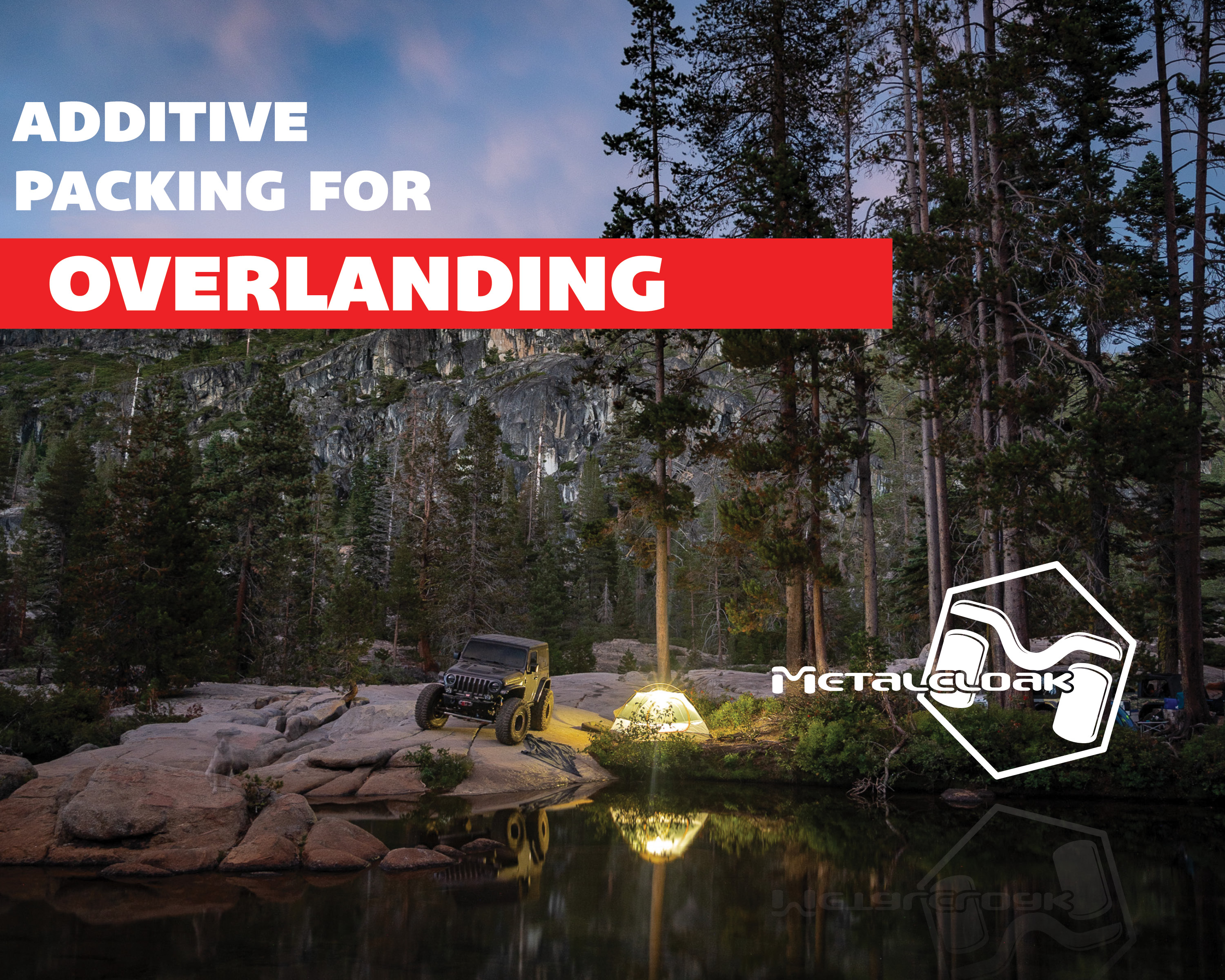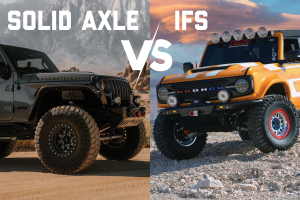
If you read our last blog post, you should now have a basic understanding of what to bring for an overlanding trip. Now, as you gear up with traction boards and a tow rope in hand, you might wonder, "How can I pack all of this stuff?"
Choose Your Gear Wisely
Packing for an overlanding trip is a delicate balance between space utilization and determining what is necessary for your trip. We recommend starting with the essentials and building out from there based on your available space, conditions at your destination, and what creature comforts are most important to you. That lounge chair you love to bring to the beach may be extremely comfortable, but if it means sacrificing space for food or water on a 2-week desert expedition, it may be best to leave it behind in favor of a more compact option.
Packing your overlanding rig is a game of tradeoffs but with some good planning and smart storage solutions you’ll be out on the trail in no time.
Additive Packing
We’ve all seen them on the highway. It’s 9 a.m., you’re stuck in traffic on the way to work, and the Bronco or Jeep next to you looks like it’s about to embark on the next Mars exploration mission. The driver’s suit suggests a 9-to-5 finance role, but the traction boards, propane tanks, roof top tent, solar panels, and 50,000 lumens of lighting indicate a serious passion for adventure.
If your vehicle is still stock this may give you a case of overlanding envy, but there is no reason to worry. Aside from the basic safety and recovery items, many of the overlanding accessories you see mounted on Jeeps and Broncos aren’t completely necessary to start. This is why we recommend additive packing and modifications.
By this we mean don’t rush into buying a bunch of accessories because they look cool. We recommend taking your stock vehicle out on a few trips with just the basics equipped, and from there, determine what you would like to add based on your personal experience, not just what you saw mounted to someone’s roof rack on the highway.

Overlanding Accessibility
Once you have a vehicle, overlanding is an extremely accessible hobby, and beyond that you don’t need much to have a good time. This is made evident by the “Ghosts of Overlanding Past” on Facebook Marketplace; a plethora of roof top tents, awnings, and fridges available second hand because the owners determined they didn’t have the space available, or the additional weight wasn’t worth it.
This is an example of subtractive packing and modification. Buying smart and packing smart will save you a lot of money and headaches along the way.

Expand Your Storage
You’ve got a few Badge of Honor trails under your belt. You’ve gotten sand in your teeth in the desert, and you’ve done a trip or two in the mountains where you realized your sleeping bag isn’t as warm as you thought. Maybe you’ve even broken out the winch a few times. At this point, you have a good idea of what you do and don’t need for your flavor of overlanding. Like many, you may have realized that what you would like to bring exceeds the capabilities of what your vehicle is able to bring. This is where overlanding storage like racks, mounts, and brackets come in handy for Jeep and Bronco owners.
Want to ditch the ground-top tent in favor of a more comfortable roof-top tent? You’ll need a roof rack for that.
Tired of your tools and recovery gear being a safety hazard in the back of your Jeep? An interior cargo rack is a good place to start.
Looking for a one-stop shop for a variety of overlanding racks for Broncos and Jeeps? Check out Adventure Rack Systems.

Have loose small items, or maybe some recovery gear with nowhere to store it? Check out this U.S. Navy sea bag inspired overlanding storage bag from our friends at Utah Design Foundry









